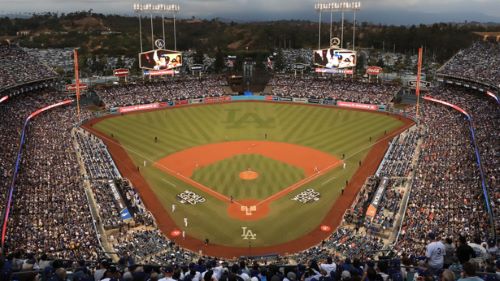

The development of sports in the United States began as a reflection of colonial settlers’ attempts to adapt British games to the New World. Over time, these adaptations transformed into uniquely American pastimes that embodied the country’s culture and identity.
The British Roots of Early American Sports
Cricket and rugby were among the earliest British games brought to America by settlers. These sports initially reflected a desire to maintain a connection to the settlers’ homeland, acting as a cultural bridge.
In the 18th century, cricket became a favorite pastime in colonial America. It was especially popular in Philadelphia, New York, and Boston, where matches were organized by clubs. Cricket’s popularity began to wane as baseball emerged, but its early influence on American sports culture remains significant.
Rugby was another British sport that settlers embraced. By the mid-19th century, adaptations of rugby rules led to the birth of American football, distinguishing it from its British counterpart. Early matches, like the 1869 Princeton vs. Rutgers game, marked the beginnings of this uniquely American sport.
Baseball as a Symbol of American Identity
By the mid-19th century, baseball had emerged as a symbol of American identity, fostering community traditions and local pride.
In 1845, Alexander Cartwright and the Knickerbocker Base Ball Club established the first formalized set of baseball rules. This standardization helped the sport spread rapidly across the country, leading to its nickname, “America’s Pastime.”
Baseball clubs were integral in uniting communities. From local teams in small towns to professional leagues in cities, the sport brought people together to celebrate shared values and collective pride.
The Role of Industrialization in Sports Expansion
The 19th century’s industrial revolution played a significant role in the growth of sports in the United States, providing new opportunities for organization and competition.
The expansion of the railroad system allowed teams to travel across the country, transforming baseball from a regional activity to a national phenomenon.
Factory-sponsored leagues encouraged workers to participate in sports, promoting teamwork and morale. Baseball and cricket leagues were particularly common, fostering a balance between labor and leisure.
Adaptations of Sports for the American Context
American ingenuity reshaped British sports to fit the needs and values of the New World.
While cricket maintained some popularity, baseball’s faster pace and simpler rules resonated more with American audiences. This shift illustrated the country’s preference for innovation over tradition.
The adoption of unique rules, such as the introduction of the forward pass, distinguished American football from its rugby roots, creating a new sport that mirrored the country’s emphasis on strategy and innovation.
The Influence of Sports on National Unity
Sports in early America played a pivotal role in uniting a diverse population. During the Civil War, soldiers from different regions played baseball together, popularizing the game nationwide. This shared activity bridged cultural divides among troops.
Baseball fostered fierce regional rivalries, with teams representing cities and towns. These rivalries became a source of pride and identity for communities.
The Rise of Organized Professional Leagues
As the popularity of sports grew, professional leagues were established to formalize competition.
Founded in 1857, this organization standardized baseball rules and organized competitive play, laying the groundwork for future leagues.
By the 1870s, professional baseball leagues, such as the National League, began to form, setting the stage for the modern sports industry.
Modern Reflections of Historical Sports Culture
Historical sports have left an indelible mark on contemporary American culture, including new ways to engage with pastimes.
The rise of digital platforms like online casinos in California reflects the ongoing evolution of sports culture in modern America, offering fans new ways to engage with historical pastimes.
Baseball remains a cornerstone of American culture, with professional teams continuing to draw on their rich histories to connect with fans.
Final Thoughts
The journey from cricket and rugby to baseball and football highlights the adaptability and creativity that defined early American sports culture. These activities not only served as entertainment but also as powerful symbols of national identity and community pride. Today, their legacies live on in both traditional play and modern platforms, illustrating their enduring impact. Their evolution continues to inspire new generations, bridging the past with the present and shaping the future of sports in America.


